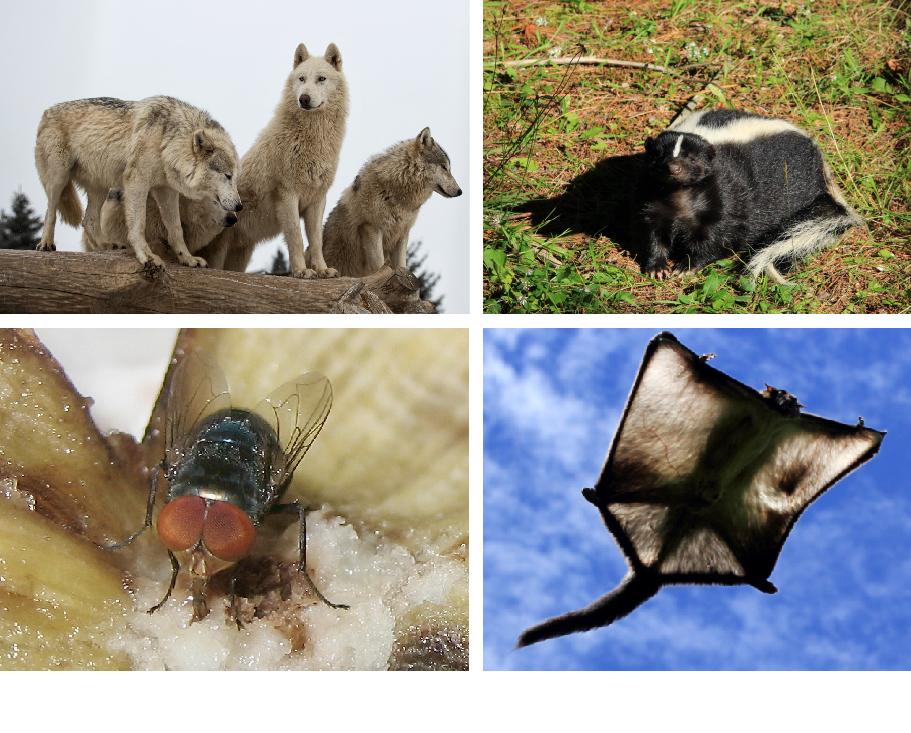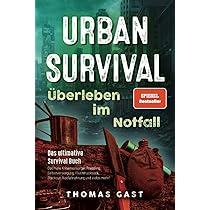In the bustling heart of a city, where the cacophony of traffic and the hum of human activity create a constant backdrop, a different kind of life thrives. Beyond the concrete structures and neon lights, animals have found their place within urban landscapes, adapting to the challenges and opportunities presented by this human-made environment. From raccoons rummaging through night-time refuse to peregrine falcons nesting on skyscrapers, a diverse array of wildlife has carved out an existence amidst the urban sprawl. This article invites you to explore the fascinating stories of these adaptable creatures, examining how they navigate the complexities of city life, enhance the urban ecosystem, and remind us of nature’s persistence in even the most artificial settings. Join us as we delve into the world of urban survival, where resilience meets innovation in the animal kingdom.
Table of Contents
- Understanding Urban Ecosystems and Their Inhabitants
- Adaptations of Wildlife in City Environments
- Practical Tips for Coexisting with Urban Animals
- The Role of Green Spaces in Supporting Biodiversity
- Closing Remarks
Understanding Urban Ecosystems and Their Inhabitants

The rich tapestry of urban biodiversity can be observed through a diverse array of animals that navigate city streets, parks, and waterways. Some noteworthy examples include:
- Foxes: Master scavengers that thrive in suburban areas, scavenging from waste and preying on rodents.
- Ospreys: These raptors have adapted to hunt for fish in urban lakes and rivers, showcasing their versatility.
- Bees: Pollinators have found refuge in urban gardens, contributing to local ecosystems despite urban development.
Their presence highlights the importance of green spaces in cities, fostering environments where wildlife can flourish amidst human activity. Below is a table summarizing key attributes of urban wildlife:
| Animal | Habitat | Diet |
|---|---|---|
| Pigeons | Buildings and sidewalks | Seeds and scraps |
| Squirrels | Trees and parks | Nuts and fruits |
| Raccoons | Urban neighborhoods | Omnivorous (trash and small animals) |
Adaptations of Wildlife in City Environments

As urban landscapes expand, many wildlife species demonstrate extraordinary adaptations that enable them to thrive amidst human activity. For instance, birds like pigeons and sparrows have adapted their feeding habits to exploit discarded food. Rats and raccoons, often seen rummaging through trash bins, showcase remarkable problem-solving skills, allowing them to navigate the complexities of city life. The ability to find shelter in buildings and parks rather than in traditional habitats has also become a common trait among wildlife, leading to a shift in their behavioral patterns. Furthermore, urban environments often provide less competition and an abundance of resources, creating unique ecological niches.
Many species also exhibit physiological changes in response to urban pressures. For instance, foxes and deer have developed heightened levels of nocturnal activity, taking advantage of the quieter nighttime hours to forage without the threat posed by humans. The urban heat island effect leads some reptiles and amphibians, like garter snakes and frogs, to adapt their breeding cycles based on the warmer temperatures of city streets. Additionally, urban birds have been observed shifting their vocalizations to higher frequencies to be heard over the ambient noise of traffic and construction. This remarkable flexibility allows these species not only to survive but also to flourish in environments that would traditionally be inhospitable.
Practical Tips for Coexisting with Urban Animals
Coexisting with urban wildlife can be an enriching experience, providing insights into the resilience of nature. To foster harmony with the animals that share our city spaces, consider adopting a few simple practices. Minimize food waste by securing garbage in bins with tight-fitting lids, making cities less attractive to scavengers. Additionally, create wildlife-friendly gardens by planting native species, which can serve as natural habitats for various birds and insects while reducing the need for pesticides and chemicals.
Understanding animal behavior is key to coexistence. Observe without disturbing—for instance, if you notice a nest or a burrow, maintain a respectful distance to avoid stressing the animals. Likewise, educate yourself and others about the specific urban species in your area to dispel myths and promote peaceful interactions. Here’s a quick reference table of common urban animals and their typical behaviors:
| Animal | Common Behavior |
|---|---|
| Raccoon | Nocturnal scavenger |
| Pigeon | Flocking in urban areas |
| Squirrel | Foraging for nuts and seeds |
| Fox | Urban explorer at dawn/dusk |
The Role of Green Spaces in Supporting Biodiversity
Urban environments, often characterized by concrete and steel, may seem inhospitable to wildlife at first glance. However, strategically designed green spaces—such as parks, gardens, and green roofs—contribute significantly to urban biodiversity. These natural pockets serve as crucial habitats, offering essential resources like food, water, and shelter for a myriad of species. The presence of plants and trees not only provides habitat but also fosters microclimates that can support various wildlife, from pollinators to larger animals that navigate the urban jungle. Local flora, in turn, attracts a wealth of fauna, leading to vibrant ecosystems right in the heart of bustling cities.
When examining the benefits of green spaces, consider the variety of species they can support. Not only do these areas offer sustenance and refuge, but they also play a pivotal role in the ecological network of urban landscapes. Some of the notable inhabitants include:
- Birds: Sparrows, pigeons, and even hawks find their niche in urban gardens and parks.
- Insects: Bees, butterflies, and other pollinators rely on flowering plants for survival.
- Mammals: Raccoons, foxes, and squirrels adapt remarkably well to human environments.
- Reptiles: Lizards can often be spotted sunning themselves on warm pavements in green areas.
To demonstrate how urban green spaces are essential for specific animal species, consider the following table:
| Species | Green Space Requirement | Adaptation Strategies |
|---|---|---|
| Sparrow | Shrubs and trees | Nesting in urban structures |
| Fox | Undisturbed areas | Nocturnal hunting behavior |
| Honeybee | Flowering plants | Foraging over large areas |
Closing Remarks
As the sun sets over the concrete jungle, the bustling cityscape transforms into a hidden ecosystem where resilience and adaptability reign supreme. Animals that once roamed freely in natural habitats now navigate the intricacies of urban life, carving out niches within parks, alleys, and rooftops. From the clever raccoons rummaging through trash bins to the agile peregrine falcons perching on high-rise buildings, these creatures have become unlikely symbols of survival amid human encroachment.
In exploring the intricate relationships between urban wildlife and the environments they inhabit, we gain a deeper understanding of the delicate balance between nature and city living. Each species showcases remarkable ingenuity, employing tactics learned from generations of adaptation to thrive in a world increasingly dominated by steel, glass, and asphalt.
As we reflect on the stories of these urban survivors, it becomes clear that the nature of survival is not confined to rural landscapes alone. The urban ecosystem beckons us to recognize the wildness that persists alongside our daily routines, challenging us to coexist and respect these resilient beings that share our environment. Ultimately, as we move forward in an ever-evolving urban landscape, it’s essential to embrace our role as stewards of the environment, ensuring that both we and the animals that bring our cities to life can thrive together for generations to come.



